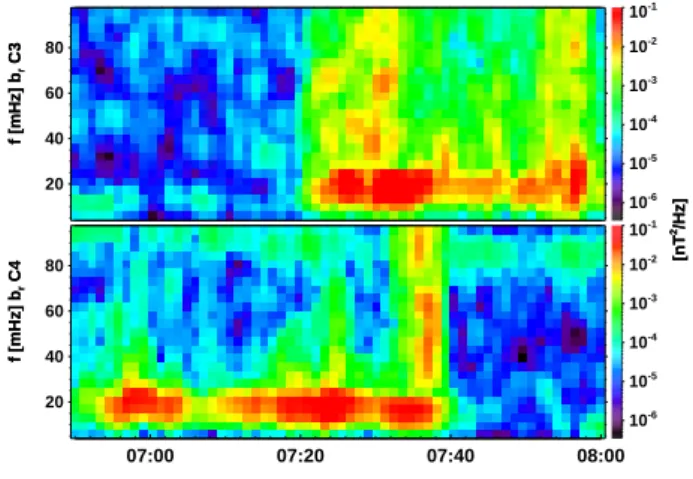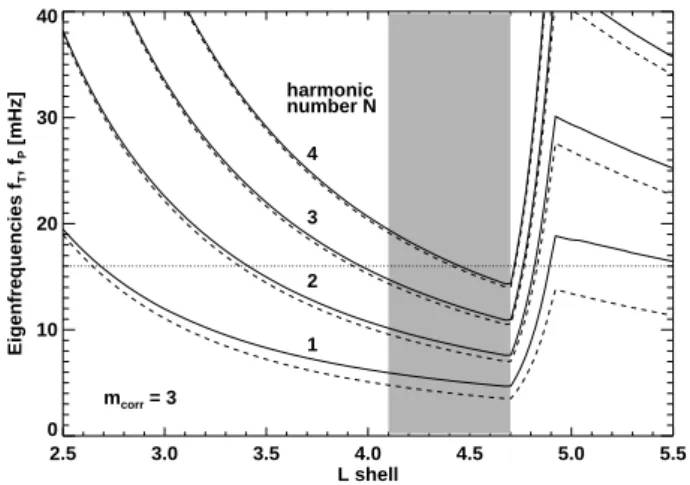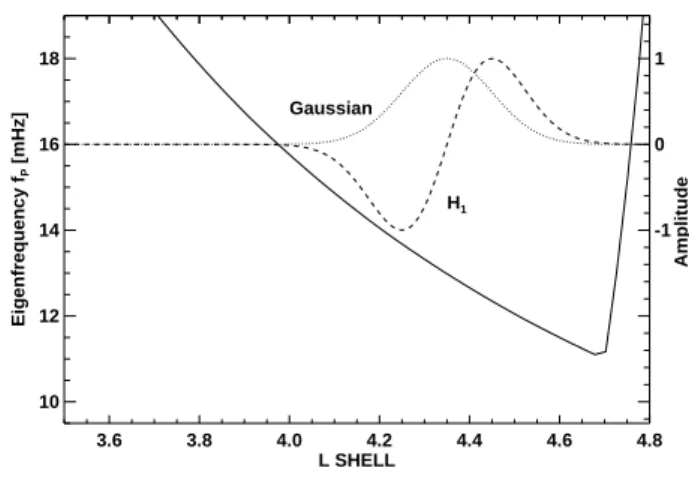Spatial and temporal characteristics of poloidal waves in the terrestrial plasmasphere: a CLUSTER case study
Texto
Imagem
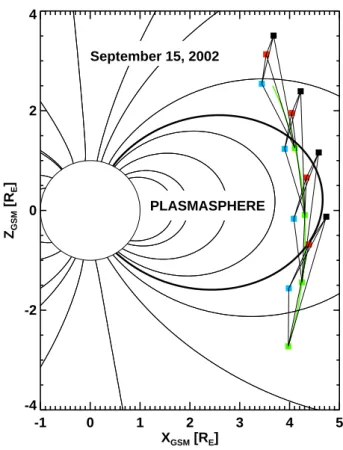
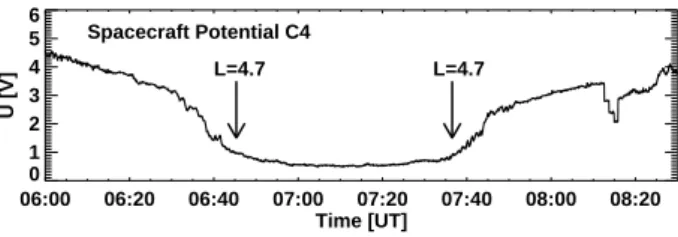
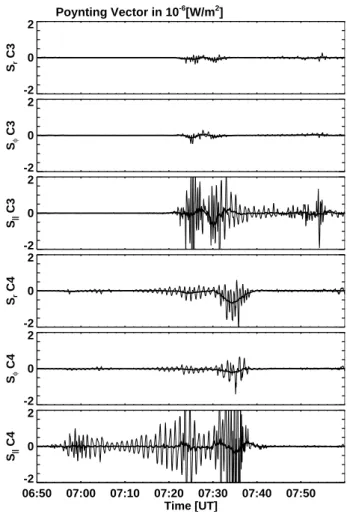
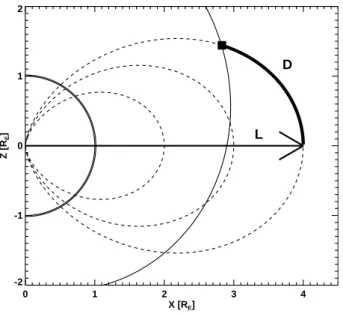
Documentos relacionados
Thus, the case study should enable to associate observations regarding the physicians’ circularity in the region with characteristics of the local health productive process, whereas
The survey explored the characteristics of mobile devices being used in the form of hardware technology, software and communication systems, achievements made and
The electron density profiles derived from the EFW and WHISPER instruments on board the four Cluster spacecraft reveal density structures inside the plasmasphere and at its
(a) The (log average) mean mass density ρ (middle curve) and the mean ρ plus or minus one standard deviation (upper and lower curves) at each value of MLAT based on the solutions of
(a–d) A measure of the spatial scale of precipitation, computed by dividing the domain into equal-area regions and calculating the lag-0 correlations between the central grid box
Our results show that in the analyzed wavelength range (0.5- 1.8) μm these particles pos sess smaller number of resonances and their resonant wavelengths, near field
Though a myriad of filters have been proposed in the past to tackle the prob- lem of spacecraft attitude and angular rate estimation with vector observations, to the best knowledge
Field observations and petrographic stu- dies in impact-related materials inside the central peak ring allow recognition of four lithofacies (metamorphic basement,

